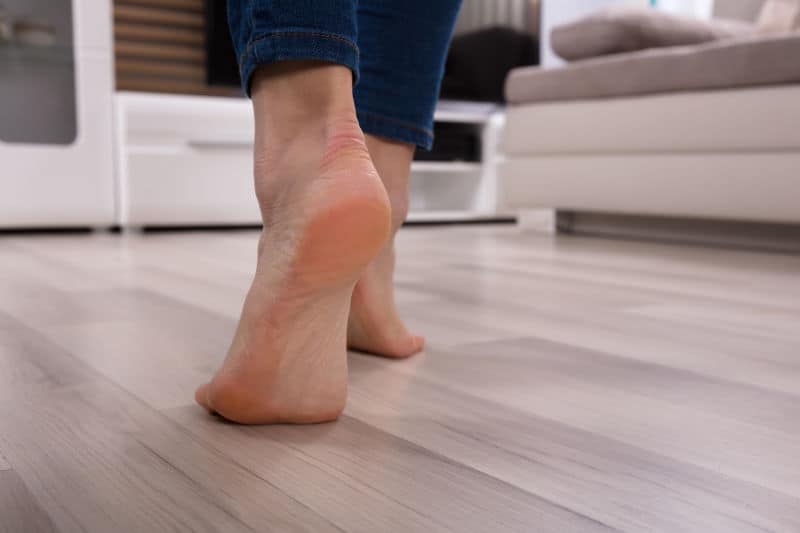

Everyone loves the style, comfort, and durability of a nice hardwood floor, but there is one thing that isn’t always so nice… Noise. While hardwood floors look great, they have a low absorption rate for sound which means that everyday sounds in your home are going to travel further and seem louder. Don’t worry, you don’t have to choose between a beautiful hardwood floor and some peace and quiet. In this guide, we’re going to breakdown a couple of basic soundproofing tips to ensure that you get to enjoy the beauty and style without the ear-splitting racket.
Know Your Sounds
First, know what types of sounds you’re trying to eliminate. There are two kinds, airborne and impact. Airborne sounds are those that travel through open space. Examples of these include conversations, television, radio, phones, or alarms. To combat airborne sounds, you'll want to reduce the amount of open wood flooring that these sounds can travel on as well as use sound-absorbing materials between the layers of your floors and walls.
Impact sounds are just like the name implies, impacts that spread sounds through vibrations. This is what happens when you drop something and you hear a crash, but it can also be footsteps, jumping, door slamming, etc. Impact noises are the reason that you really want good soundproofing insulation installed. Since impacts spread by vibration through your floors, you need to have something that cushions the initial impact and reduces the vibrations which in turn reduces the volume of the noise.
Adhesives

There are three main installation methods for hardwood flooring, glue-down, nail down, and floating. All three methods have their advantages and a lot of factors will usually go into choosing one over the other. However, when it comes to sound absorption, glue-down is miles ahead.
The glue-down method uses adhesive to lock the floor in place to your subfloor. While that sounds simple, it does a lot when it comes to reducing noise in your home. First of all, the floor itself will be glued in place and therefore create less sound. Second, by being flush and unmoving to your subfloor, your hardwood floor will work to dampen and absorb more airborn sounds that pass over it. Finally, using adhesives will reduce impact sounds by holding the floor in place and limiting its vibrations.
Underlayment

If you instead use the floating method of installation than you're not out of luck either. One of the best solutions to combating impact sounds is a good underlayment. Underlayment is a thin piece of foam, rubber, fiber, or cork that is placed on top of the plywood or concrete subfloor to separate it from your hardwood floor. This will help to reduce the vibrations and therefore the noise that is generated from impacts.
In addition to noise reduction, underlayment has a number of added benefits ranging from moisture control to comfort.
Click here to read our helpful guide on the benefits of underlayment
Carpets and Rugs

Underlayment is great in reducing sounds, but only if you haven’t installed that new floor yet. If you already have hardwood floors then you’re going to need something else. A good area rug is a great solution for reducing volume as well as protecting your floors from the impact itself. Their ability to absorb noise and impact will go a long way if you strategically place them around your floors. You especially want long runners when it comes to your hallways. Also, keep in mind that the thicker the rug the better the absorption.
Plus a nice rug can make a perfect accent to your decor. One or two will go a long way, so no need to go crazy and cover up all of your lovely hardwood floors.
Hopefully, these tips have helped you to understand the noise in your home and the steps you can take to soundproofing it. If you have any questions, please leave us a comment or reach out to us at [email protected].
Thanks for reading!
